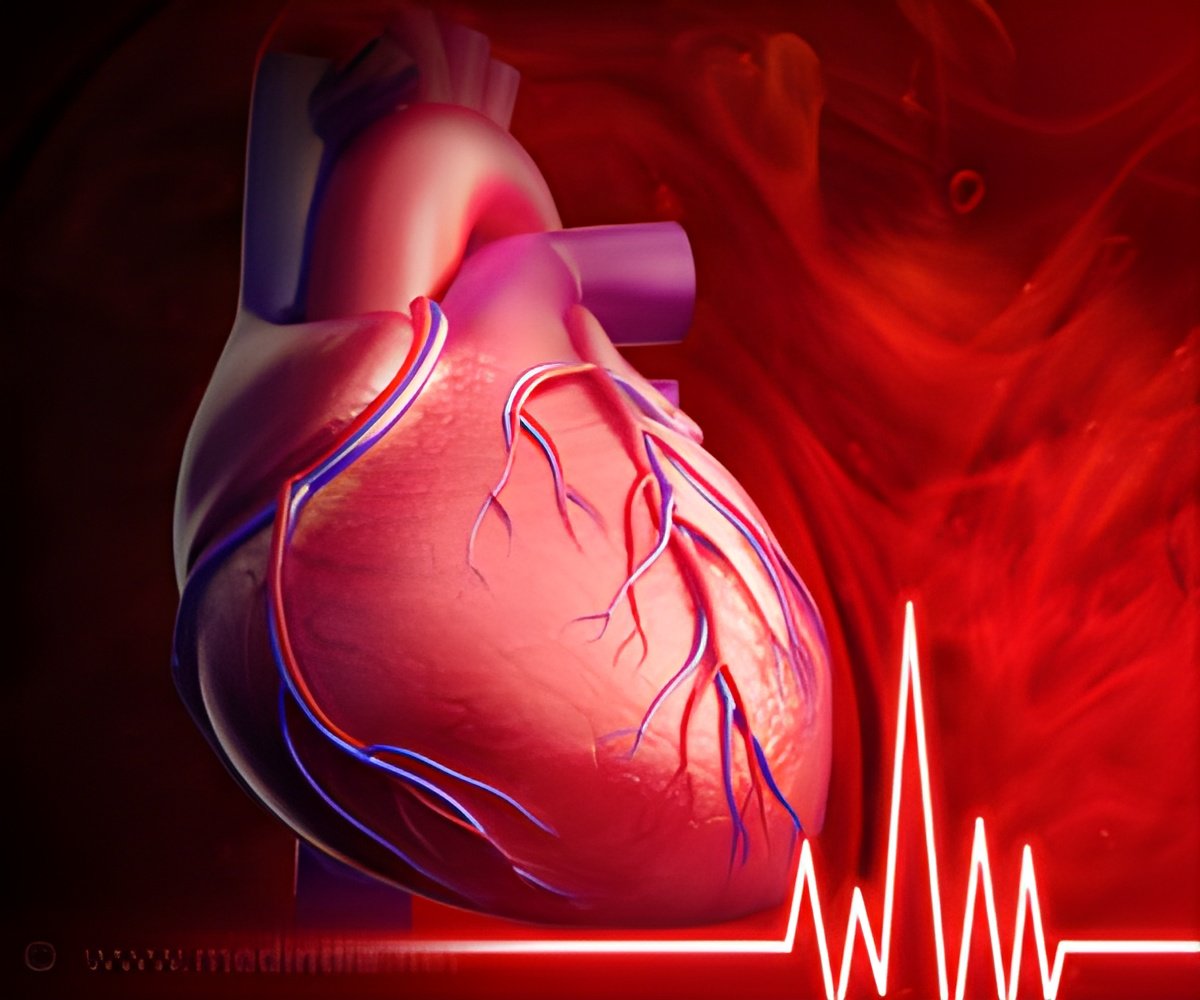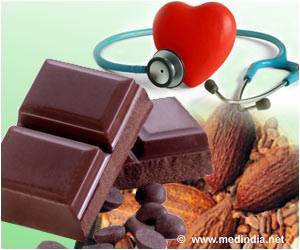
Flavanols and procyanidins are sub-classes of a group of natural compounds called flavonoids.
A growing body of evidence demonstrates that foods rich in these phytonutrients can have a positive impact on blood vessel function and cardiovascular health.
To understand how the flavanols and procyanidins present in certain foods may exert their cardiovascular effects, it is crucial to assess what happens to these compounds in the body following consumption.
Previous studies have demonstrated that flavanols are absorbed, enter the body, and directly mediate improvements in cardiovascular function.
In contrast, procyanidins have been shown to be poorly absorbed or not at all and evidence for a direct effect of procyanidins on blood vessel function is therefore limited.
Advertisement
If correct, this "break-down hypothesis" would mean that procyanidins exert cardiovascular benefits by acting as precursors of flavanols. Answering this question is therefore crucial for a comprehensive understanding of the role of these phytonutrients for human health and nutrition.
Advertisement
As flavanols and procyanidins are commonly found together in foods, up until now it has not been possible to directly assess the individual contribution of procyanidins to the circulating pool of flavanols in the body.
Using carefully developed, nutrient-matched cocoa-based drinks, containing flavanols and procyanidins either in combination or individually, the researchers in this study were able to confirm that procyanidins are poorly absorbed.
More importantly, the study also demonstrated for the first time that procyanidins do not breakdown in the gut to contribute to the flavanols present in circulation.
This outcome makes it very unlikely that procyanidins affect blood vessel function, either directly or through a breakdown into flavanols.
Interestingly, the research also demonstrates that microorganisms in the digestive system transform both flavanols and procyanidins into another group of compounds called gamma-valerolactones.
Further research is needed to investigate if, and to what extent, these compounds formed in the gut contribute to the cardiovascular health benefits observed following the consumption of foods rich in flavanols and procyanidins.
In addition, the data of this study do not rule out the possibility that procyanidins may exert biological activities in the digestive system that may be beneficial for human health.
"The differences between the absorption and metabolism of flavanols and procyanidins, as demonstrated by this research, may prompt changes in how scientists design and interpret epidemiological investigations and in vitro studies to more meaningfully reflect what happens in the body," Dr. Schroeter said.
"Furthermore, the fact that our results mean that it is unlikely that procyanidins exert direct effects on blood vessel function, may lead researchers to focus specifically on studying the mechanisms by which flavanols - and perhaps even gamma-valerolactones - affect cardiovascular function," he added.
The research has been published in the American Journal of Clinical Nutrition.
Source-ANI














